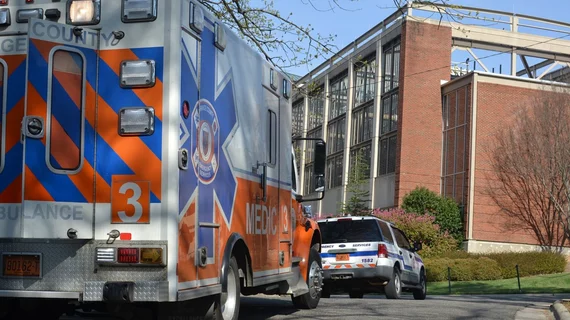Point-of-care ultrasound helps tame cost escalation in the ER
At least in community-hospital settings, emergency physicians who choose point-of-care ultrasound (POCUS) over other testing options can save all involved parties considerable sums of money—and that holds true even when care management decisions are not directly impacted.
That’s according to a study conducted by Harvard researchers at 213-bed Mount Auburn Hospital in Cambridge, Massachusetts, and published online Dec. 28 in the Journal of Ultrasound in Medicine.
For three months, Graham Van Schaik, MD, MBA, and colleagues interviewed ER physicians whenever they used POCUS. The researchers concentrated their questions on the docs’ decision-making around both clinical management and over-testing avoidance.
The team then used data from CMS and FairHealth to calculate cost savings that could be traced to the decision to use POCUS.
On average, they found, the use of POCUS cut $1,134 of additional testing for privately insured patients, $2,826 for out‐of‐network or uninsured patients and $182 for Medicare and Medicaid patients.
They further found significant differences between the total cost of eliminated additional testing and a baseline figure representing no savings. And the aggregated cost savings remained significant even when the researchers folded in POCUS exams that did not alter care decisions.
“POCUS, when incorporated earlier and more frequently into community hospital emergency medicine diagnostic protocols, can lower direct and indirect costs associated with diagnostic workups,” Van Schaik and co-authors concluded. “Community emergency departments, in particular, would benefit from additional investigation informing specific guidelines for the integration of POCUS into clinical management and the role that this has in cost savings.”

